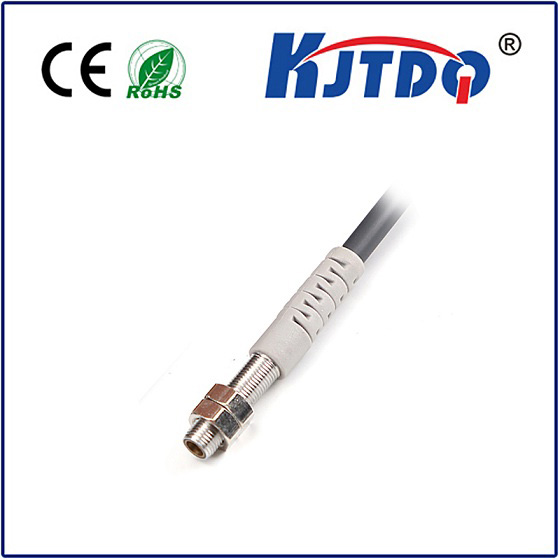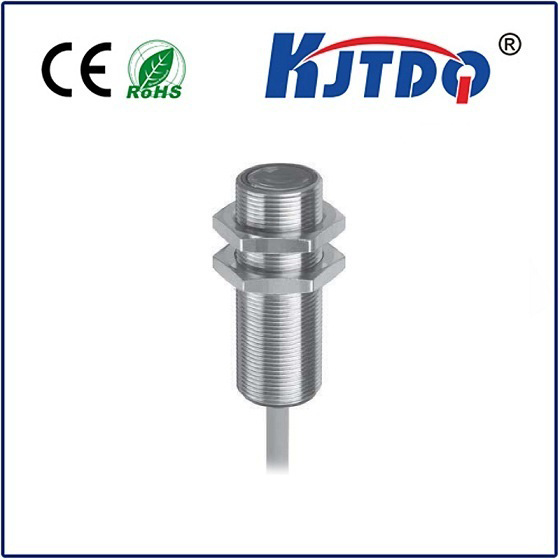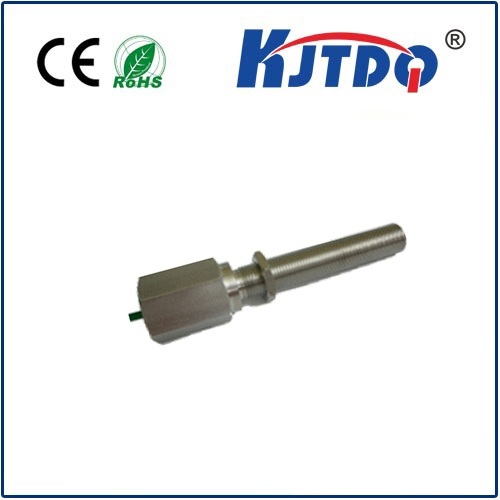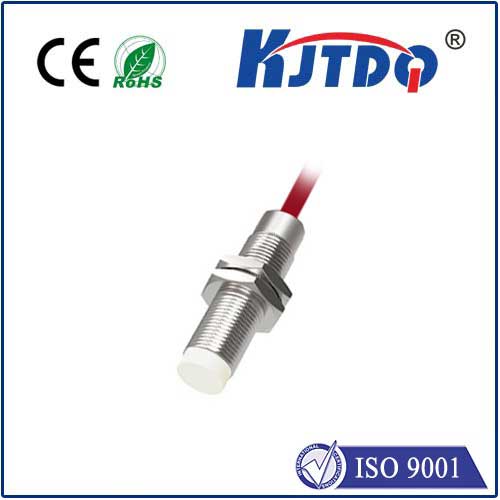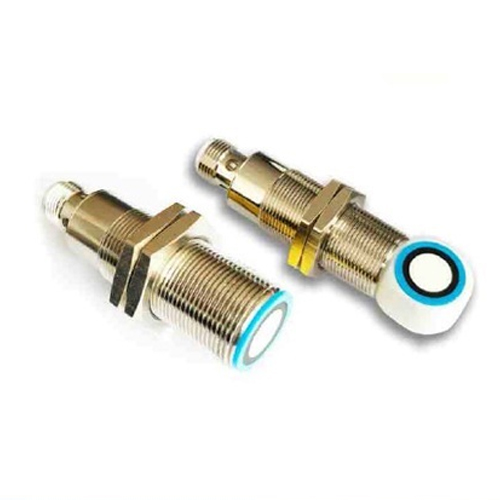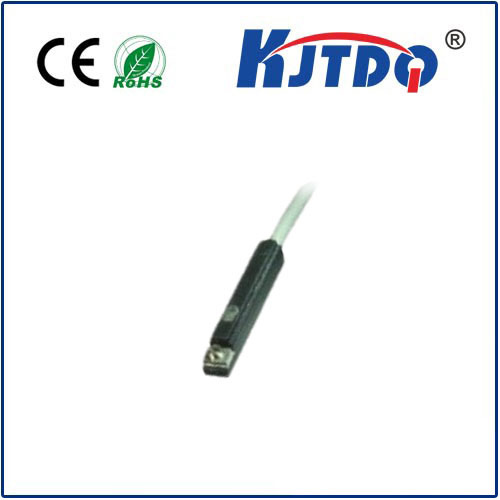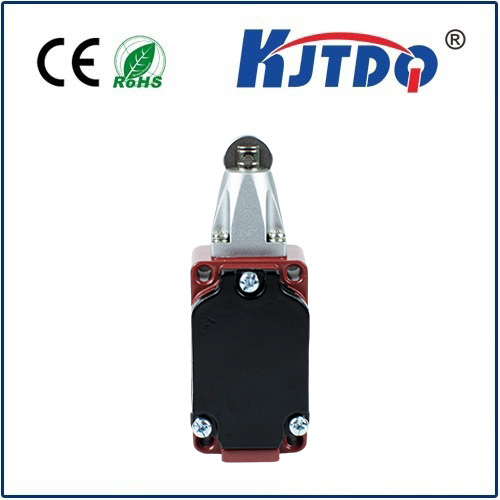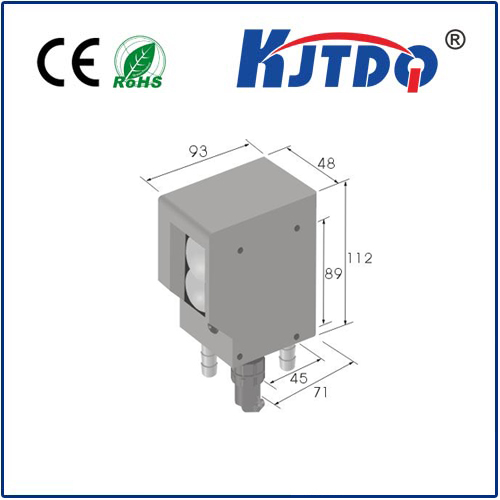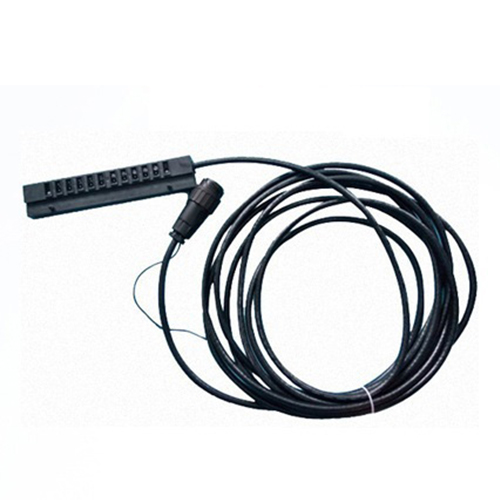photodiode sensor is operated in
- time:2025-08-16 03:14:26
- Click:0
Photodiode Sensor Operation Modes: Reverse, Moderate, and Forward Bias Explained
Light is information. From detecting the invisible beam in a security system to measuring the intensity in precision instruments, converting photons into electrical signals is fundamental. At the heart of countless applications lies the humble photodiode sensor. But simply connecting one isn’t enough. Its performance – sensitivity, speed, noise level, linearity – hinges critically on how it’s powered. Understanding the operational modes defined by its bias voltage is paramount. This article demystifies the core ways a photodiode sensor is operated in: reverse bias, moderate reverse bias, and the often-overlooked forward bias, highlighting their distinct characteristics and ideal use cases.
The Core Principle: Photon to Current Conversion
Before diving into operation, recall the core physics. A photodiode is a semiconductor PN junction. When photons with sufficient energy strike the depletion region (or nearby areas), they excite electron-hole pairs. If these charge carriers are separated before recombining, they generate a measurable photocurrent. The applied bias voltage directly controls the width of the depletion region and the electric field strength within it, dramatically altering the diode’s photodetection behavior.
1. Reverse Bias: The High-Performance Standard

This is the most common and powerful mode for photodiode sensor operation.
- How it Works: A positive voltage is applied to the N-type material relative to the P-type (or negative to P-type relative to N-type). This significantly widens the depletion region and creates a strong internal electric field.
- Impact on Photodiode Behavior:
- Enhanced Speed: The strong field rapidly sweeps photogenerated carriers out of the depletion region, minimizing transit time and recombination. This enables very fast response times, crucial for high-frequency light modulation detection (e.g., fiber optic communication, optical encoders).
- Increased Linear Range: The widened depletion region allows the photodiode to handle higher light intensities before saturating, providing a broader linear photocurrent vs. irradiance relationship. This is vital for accurate light measurement in spectroscopy or imaging.
- Reduced Junction Capacitance: The wide depletion region significantly lowers the junction capacitance (Cj). Since the sensor’s RC time constant dictates maximum speed, low Cj is essential for high bandwidth applications.
- Dominant Dark Current: The primary trade-off is dark current (Id). This reverse leakage current, thermally generated within the junction, increases exponentially with bias voltage and temperature. It adds noise and limits the detection of very low light levels.
- Typical Applications: High-speed optical data links (fiber optic receivers), laser rangefinders, barcode scanners, position-sensitive detectors (PSDs), pulsed light detection, LiDAR, scientific instruments requiring wide dynamic range. Example: A CNC machine using a laser sensor for precise tool positioning relies on a reverse-biased photodiode for its high speed and linearity.
2. Zero Bias / Photovoltaic Mode: Simplicity and Low Noise
In this mode, no external bias voltage is applied to the photodiode sensor. It generates its own voltage when illuminated.
- How it Works: Photogenerated electron-hole pairs create a potential difference across the junction – essentially turning the photodiode into a small solar cell. The photodiode operation relies solely on the built-in potential of the PN junction.
- Impact on Photodiode Behavior:
- Lowest Noise (Zero Dark Current): The single biggest advantage. With no reverse voltage, thermally generated dark current (Id) is virtually eliminated. This makes it ideal for detecting extremely low light levels (photon counting scenarios require further specialized setups, but this is the foundation).
- Simplicity: Requires minimal external circuitry – often just a load resistor or a high-input-impedance amplifier.
- Trade-offs: Significantly slower response times due to the absence of a strong sweep field and reliance on diffusion outside the small zero-bias depletion region. Junction capacitance is higher than reverse bias. The output is not perfectly linear and saturates at relatively low light levels.
- Typical Applications: Low-light detection (astronomy sensors, medical imaging, fluorescence), solar cells (obviously), simple light meters, energy harvesting from ambient light. Example: A wearable health monitor using ambient light sensors for pulse oximetry might utilize photovoltaic mode for its ultra-low power consumption and noise.
3. Moderate Reverse Bias: Balancing Speed and Noise
This mode explores the space between zero bias and high reverse bias.
- How it Works: A small reverse voltage is applied (e.g., a few volts), wider than zero bias but less than the typical -5V to -100V used in high-speed reverse bias modes.
- Impact on Photodiode Behavior:
- Dark Current Management: Dark current remains significantly lower than at high reverse voltages.
- Improved Speed vs. Photovoltaic: The small reverse field accelerates carrier sweep compared to zero bias, providing faster response times suitable for medium-speed applications (kHz to low MHz).
- Broader Linear Range: Offers a wider usable linear range than photovoltaic mode.
- Compromise: This is a balancing act. Speed is improved over photovoltaic but less than strong reverse bias. Dark current is higher than photovoltaic but lower than strong reverse bias. Junction capacitance is reduced versus zero bias but higher than strong reverse bias.
- Typical Applications: General-purpose light sensing where both good sensitivity and reasonable speed are needed, but extreme low light or extreme speed isn’t required. Industrial light curtains, some ambient light sensors, mid-speed optical encoders. Example: An automatic streetlight controller sensing dusk/dawn might use a moderately reverse-biased photodiode for a good balance of response speed and insensitivity to minor temperature drifts affecting dark current.
4. Forward Bias: Beyond Detection
Applying a positive voltage to the P-type material relative to the N-type puts the photodiode sensor into forward bias – the mode diodes operate in for rectification or LED emission.
- How it Works: The external voltage counteracts the built-in potential, narrowing the depletion region drastically. Majority carriers flood across the junction. Photodiode operation as a light detector is extremely inefficient and not recommended.
- Impact on Photodiode Behavior:
- Massive Dark Current: The forward current (If) dominates any tiny photocurrent generated. Negligible light detection capability.
- Unusable as Sensor: The large forward current masks the photocurrent completely. The junction capacitance is very high.
- Relevance: Forward bias is relevant only if accidentally applied, which would damage the diode if current isn’t limited, or if using a photodiode deliberately as a component in a different circuit function (e.g., clamping, though unusual). It’s not a viable photodetection mode.
Choosing the Right Mode: A Summary
| Operational Mode |
Bias Voltage Applied |
Key Advantage(s) |
Key Limitation(s) |
Ideal Applications |
| Reverse Bias |
High Negative (N rel P) |
High Speed, Wide Linear Range, Low Capacitance |
Higher Dark Current (Noise) |
High-Speed Comms, LiDAR, Precision Measurement |
| Zero Bias (Photovoltaic) |
0V |
Ultra-Low Noise (Zero Dark Current), Simplicity |
Slow Speed, Small |













